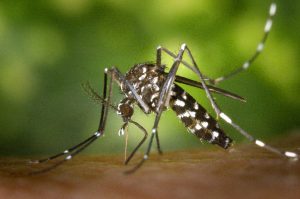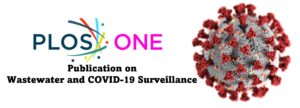Richards SL, Langley R, Apperson CS and Watson E (2017). Do tick attachment times vary between different tick-pathogen systems? Environments 4(2): 37.
Abstract
Improvements to risk assessments are needed to enhance our understanding of tick-borne disease epidemiology. We review tick vectors and duration of tick attachment required for pathogen transmission for the following pathogens/toxins and diseases: (1) Anaplasma phagocytophilum (anaplasmosis); (2) Babesia microti (babesiosis); (3) Borrelia burgdorferi (Lyme disease); (4) Southern tick-associated rash illness; (5) Borrelia hermsii (tick-borne relapsing fever); (6) Borrelia parkeri (tick-borne relapsing fever); (7) Borrelia turicatae (tick-borne relapsing fever); (8) Borrelia mayonii; (9) Borrelia miyamotoi; (10) Coxiella burnetii (Query fever); (11) Ehrlichia chaffeensis (ehrlichiosis); (12) Ehrlichia ewingii (ehrlichiosis); (13) Ehrlichia muris; (14) Francisella tularensis (tularemia); (15) Rickettsia 364D; (16) Rickettsia montanensis; (17) Rickettsia parkeri (American boutonneuse fever, American tick bite fever); (18) Rickettsia ricketsii (Rocky Mountain spotted fever); (19) Colorado tick fever virus (Colorado tick fever); (20) Heartland virus; (21) Powassan virus (Powassan disease); (22) tick paralysis neurotoxin; and (23) Galactose-α-1,3-galactose (Mammalian Meat Allergy-alpha-gal syndrome). Published studies for 12 of the 23 pathogens/diseases showed tick attachment times. Reported tick attachment times varied (<1 h to seven days) between pathogen/toxin type and tick vector. Not all studies were designed to detect the duration of attachment required for transmission. Knowledge of this important aspect of vector competence is lacking and impairs risk assessment for some tick-borne pathogens.
The full article can accessed here.



